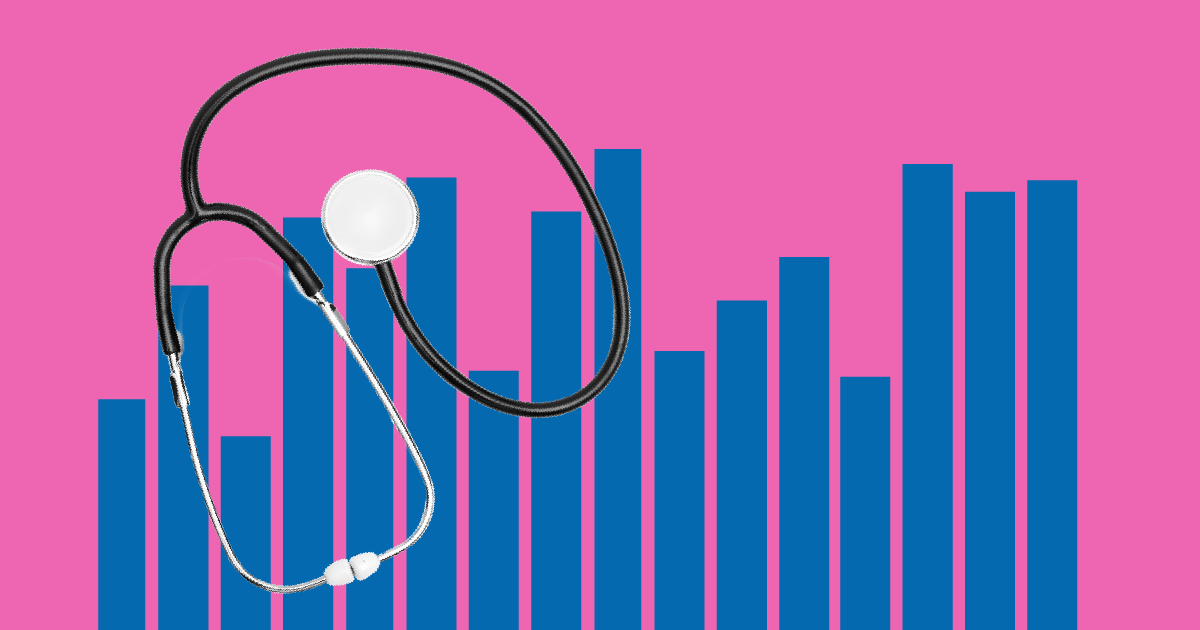Health
How many people in the US get colon cancer?

As of July 28, 10.3 million adolescents received at least one vaccine shot, according to data from the Centers for Disease Control and Prevention (CDC). That’s 41% of adolescents nationwide.
The Food and Drug Administration approved the Pfizer-BioNTech vaccine for use among people aged 12 to 15 in May. (Two other vaccines made by Moderna and Johnson & Johnson are not available to people under 18.) It had previously been available to people 16 and older. Since the vaccine eligibility age dropped, adolescents accounted for 7.7 million of 33.9 newly vaccinated people.
There were 69,000 people ages 12–17 getting vaccinated daily in the week preceding July 26, 74% lower than the peak in the week ending May 22.
Vaccination rates among adolescents are generally highest in states with high overall vaccination rates. Massachusetts, which has an overall vaccination rate of 72%, leads the US in adolescent vaccinations at 63%.
Mississippi ranks lowest in both measures, with 17% of adolescents and 39% of its overall population getting shots.
People aged 12 to 17 account for 8% of the US population and 6% of the COVID-19 cases for which CDC has age data. Out of 501,773 deaths with age data, 224 were in this age group.
With the Delta variant now the dominant COVID-19 strain in the US, cases are up across age groups since hitting a pandemic low in June. The case rate for people 12 to 15 increased from 20 cases per 100,000 people the week of June 19 to 40 cases per 100,000 the week of July 17. During that same period, the case rate for 16- and 17-year-old Americans increased from 26 per 100,000 to 48 per 100,000.
The CDC updated its guidance for schools, saying that while children should be in full-time in-person instruction in the fall, indoor masking is recommended for anyone in the building.
Learn more from USAFacts and get the data directly in your inbox by signing up for our newsletter.
Newsletter
Keep up with the latest data and most popular content.